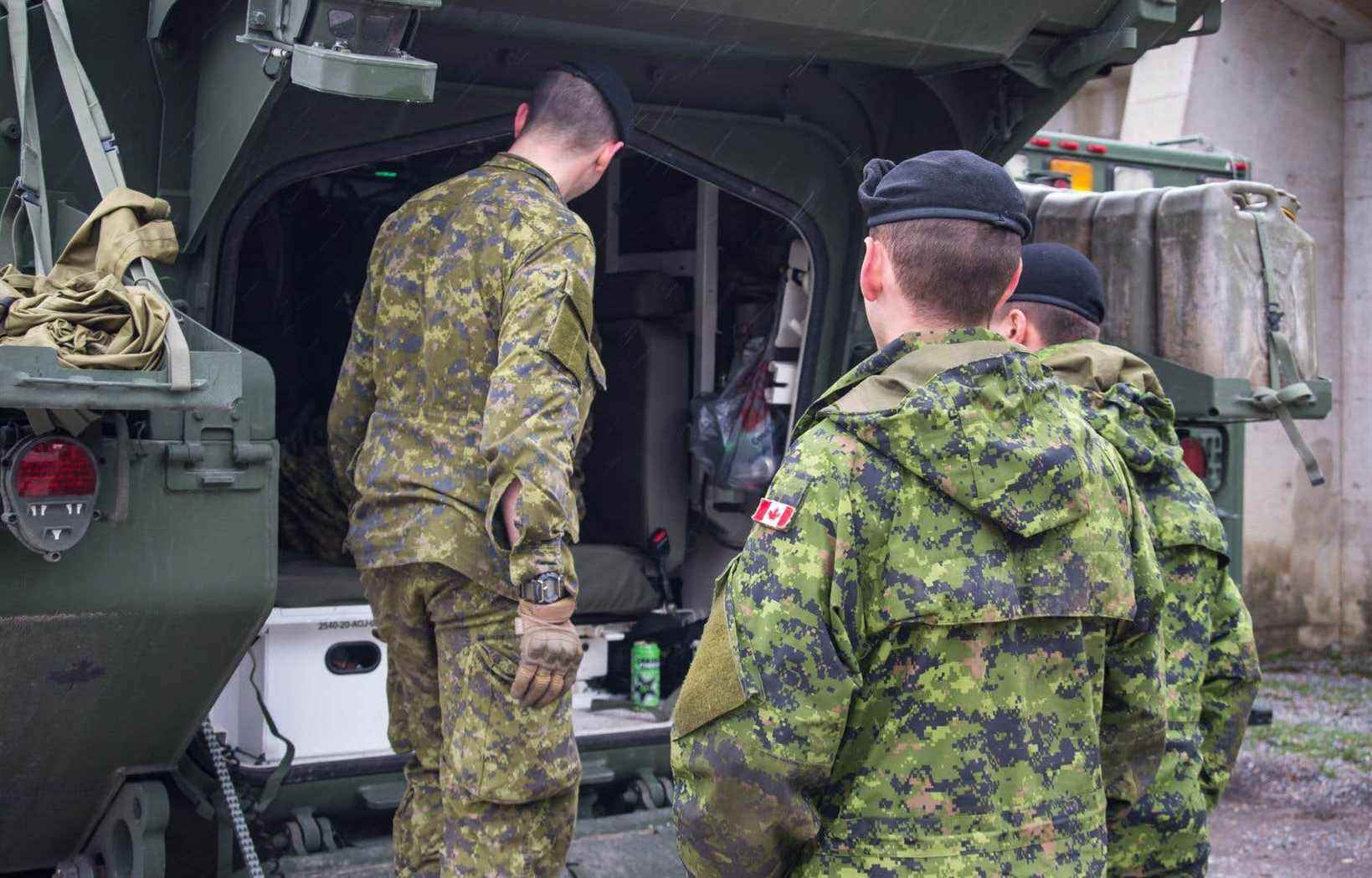The Canadian Armed Forces are struggling to recruit into their Regular Force at a time when Ottawa is investing more in national defense and when missions are becoming increasingly complex around the world.
According to data obtained by The duty, the Regular Force would be short by nearly 5,000 members. The Canadian Armed Forces (CAF) has not met its recruiting target for the past four fiscal years. Several key positions — such as sonar operators, who analyze acoustic information under the sea — are affected by the lack of manpower. “Without these operators, your ship cannot leave port,” says Professor Christian Leuprecht, who specializes in recruitment at Queen’s University and the Royal Military College in Kingston.
In 2017, in its defense policy, the federal government made a commitment to review recruitment. The process was ‘too long’ and made the CAF less competitive in the labor market, the communication of job offers was not adequate and the CAF needed to diversify and be more representative of the country, the policy read . “From what I’ve seen, not much has really changed since 2017,” says Charlotte Duval-Lantoine, director of operations at the Ottawa office of the Canadian Global Affairs Institute.
In the 2022 budget, the government promises to analyze this policy. “The review will focus on the size and capabilities of the Canadian Armed Forces,” the document briefly explains. On the other hand, the funding of 8 billion over five years for defense does not specifically concern recruitment. And it remains for the moment impossible to know what this examination could look like, the Armed Forces having refused our request for an interview on this subject.
Problem of quality and not of quantity?
According to Christian Leuprecht, the CAF does not have a recruiting problem as such: tens of thousands of candidates apply each year, he says. However, according to various experts, the CAF cannot attract enough qualified people to its ranks and retain them. The reasons are many.
“The CAF expects post-secondary graduates to apply for jobs without knowing the requirements, the salary or the deadlines,” said researcher Paxton Mayer during a meeting of the Standing Committee on National Defense last week. last. The CAF used to have a reliable recruiting base — heterosexual white men — but the number of post-secondary graduates in this segment of the population is declining faster than in the rest of the population, explained Alan Okros, a professor at the Royal Military College of Canada, at the same meeting.
The slowness of the recruitment process also discourages candidates. It takes an average of 200 days before a person is officially hired. This is the case in the Regular Force as well as in the Reserve Force, which comes to the aid of Canadians during floods, for example. According to Greg McBride, who was a recruiter for the reserves in the Toronto area until January, many people drop out because they don’t hear from the army two months after applying. “The army is not great in terms of administration,” he says.
“That’s why the CAF respond to diversity issues: because they have to broaden their base,” recalls Charlotte Duval-Lantoine. The CAF uses social media in particular to attract Canadians from diverse backgrounds and women. The situation surrounding the recruitment of women is “disastrous”, according to Christian Leuprecht, because of the numerous files of sexual misconduct affecting high-ranking people in the CAF. Women made up only 15.8% of the Regular Force in February 2020.
For the 2021-22 budget year, which ended March 31, the Department of National Defense had planned to spend nearly $2,500,000 on ads across five platforms, including Snapchat and TikTok. “Even though online ads feature women and people of diversity, they don’t have an inclusive message,” Paxton Mayer said in testimony last week.
Double-edged knife
CAF recruiting issues are on the minds of all defense experts right now, Duval-Lantoine said. They come as the world has “fundamentally changed” due to the invasion of Ukraine, the government writes in its budget. In an interview with CBC in March, Chief of the Defense Staff, General WD Eyre, admitted that he was worried about the readiness of the CAF, if they were to be dragged into a larger conflict in Europe.
Although the Armed Forces have not been drawn into such a conflict, Professor Christian Leuprecht says the understaffing has already had an impact. “When the allies asked us to do more after the invasion of Ukraine, we were unable to do so because we had nothing more to give,” he says. The task force has only 85% of its workforce, assesses the professor.
The conflict could however attract new members, as did the attacks of September 11, suggests Charlotte Duval-Lantoine. Recruiter Greg McBride was also among those who joined the CAF after the terrorist attack. “Contrary to what people think, there are people who want to go into battle,” says Charlotte Duval-Lantoine.
This story is supported by the Local Journalism Initiative, funded by the Government of Canada.
